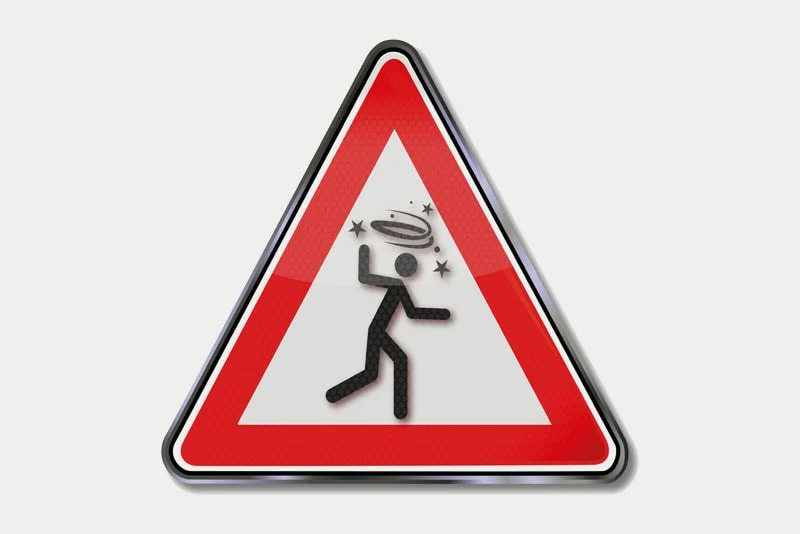Many know what a concussion is, but not everyone is familiar with traumatic brain injuries (TBIs). A concussion is a mild TBI, but TBIs can range from mild to severe, impacting daily life. They result from head impacts or penetrating injuries like gunshots, causing symptoms such as confusion, blurry vision, and nausea. In children, TBIs can disrupt development, while in older adults, they are often overlooked.
TBIs in the Real World
Traumatic brain injuries (TBIs) from accidents and crashes are a leading cause of disability and death worldwide. According to the CDC, TBIs contribute to 30% of all injury-related deaths in the U.S. In 2010, 2.5 million hospitalizations were TBI-related, and by 2020, an average of 176 people died from TBIs daily.
Proper recovery is crucial, making it essential to explore available treatment options for healing and rehabilitation.
What Can HBOT Do for a TBI Case?
As we’ve previously discussed, hyperbaric oxygen therapy increases the overall flow of pure oxygen to the patient. This has been demonstrated to enhance recovery processes from a TBI and increase brain activity by means of reducing any hypoxia and brain inflammation in the patient while simultaneously increasing circulation in the brain. When paired with other healing modalities and therapies, HBOT has been found to enhance the effects of the other therapies allowing TBI patients to accelerate their recovery. Various clinical studies have been able to replicate and demonstrate the overarching benefits of the use of HBOT in TBI:
Enhance Neurological Repair & Regeneration
- Attenuate effects of hypoxia and inflammation in brain
- Promotes neurogenesis
- Moderates mitochondrial disorders
- Enhances stem cell mobilization and proliferation
- Increases penumbra tissue recovery
- Stimulates neuroplasticity
- Induces remyelination
- Augments concussion recovery
Improve Overall Functions
- Advance cognitive function
- Improve gross and fine motor skills
- Enhance speech and language
- Alleviate spasticity
- Lessen frequency of seizures
- Stimulates better eye contact
- Improve balance and walking
A Study in HBOT Efficacy
You don’t have to take my word for it—studies confirm the benefits of hyperbaric oxygen therapy (HBOT). A 2014 controlled longitudinal study examined HBOT’s impact on motor function in children with cerebral palsy, a condition affecting movement, muscle tone, and posture.
Researchers followed 150 children over eight months. The control group received standard rehabilitation, while three experimental groups combined rehab with HBOT at different pressures (1.3 ATA, 1.5 ATA, 1.75 ATA). Each HBOT participant completed 40 one-hour sessions, six days a week.
After eight months, all groups showed motor function improvements, but HBOT participants experienced three times greater progress than the control group. The study concluded that HBOT significantly enhances recovery, making it a valuable addition to treatment plans—including for traumatic brain injuries!






